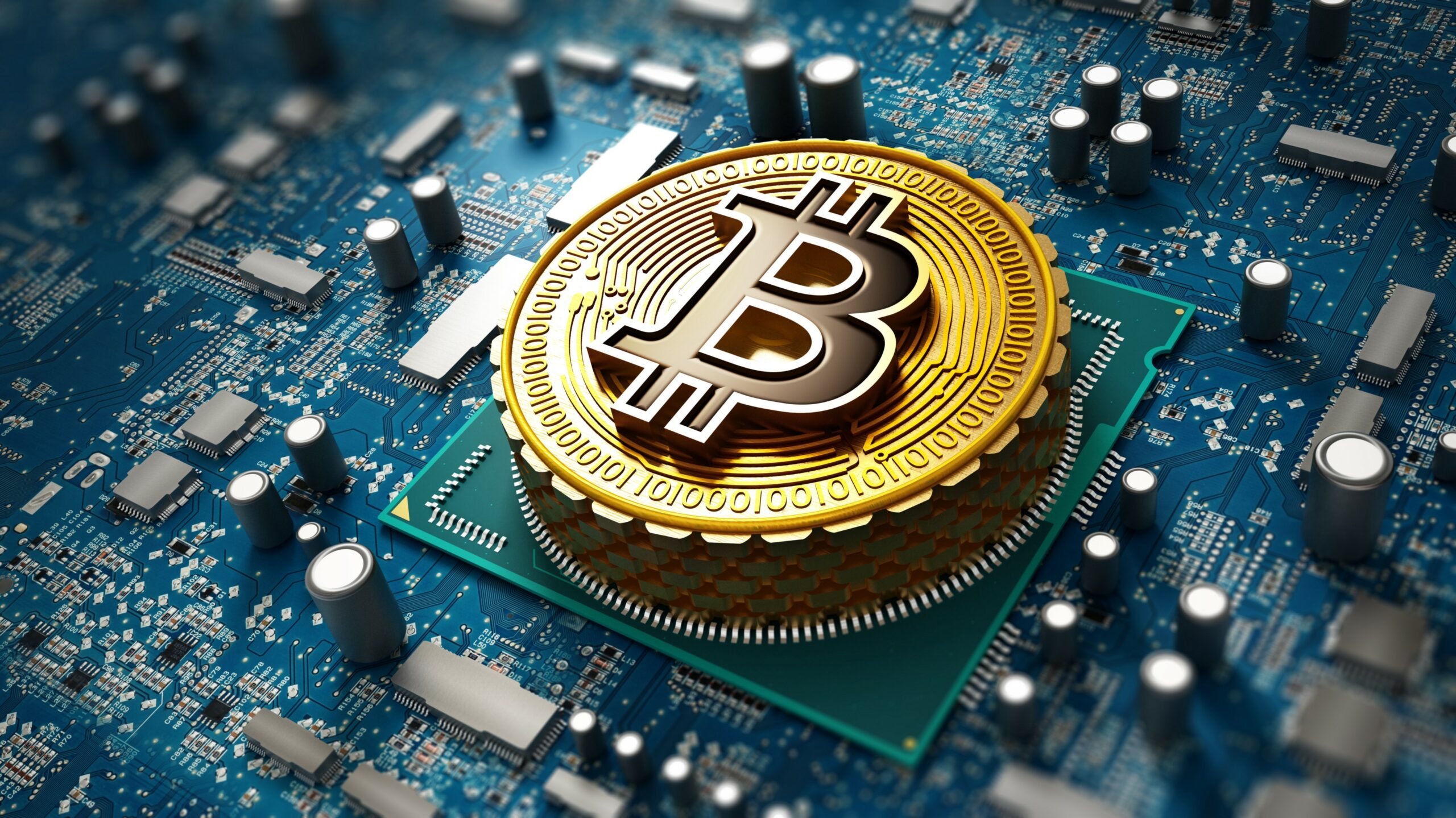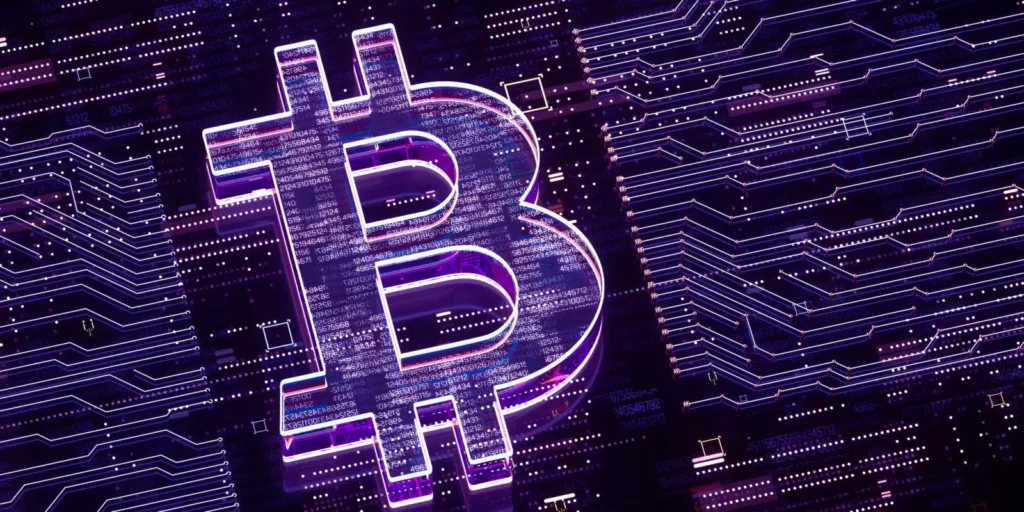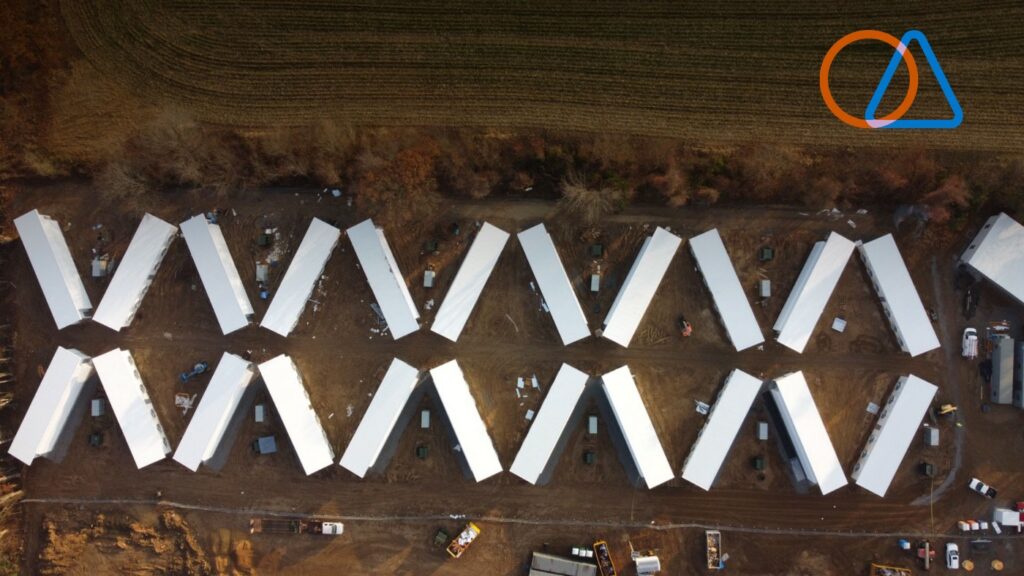By John Belizaire, CEO
Soluna has welcomed a prominent expert to our board: John Bottomley.
He knows renewable energy, with a 15+ year successful track record of building businesses for the AES Corporation, GE Capital, and Vestas. An expert in setting up strategic partnership deals and leading global development, John has international expertise in our sector.
By way of introduction, we hosted this Q&A with John about a recent headline that caught our eye at Soluna. Coinshares Chief Strategy Officer Meltem Demirors floated the thought-provoking concept that Bitcoin is actually a battery since it “makes energy mutable, portable, storable and transferable by turning it into money.”
This idea forms a fascinating convergence of crypto and energy. It was the perfect excuse to get inside John Bottomley’s head about key questions including:
- What’s the modern-day definition of a battery?
- How do we measure battery performance?
- How does this idea apply differently to PoW and PoS cryptos?
- What’s the connection to where crypto and green energy are headed?
Take your knowledge of this hot topic to the next level in our Soluna Q&A!
John, recently, crypto thought leaders like CoinShares’ Meltem Demirors have opined that Bitcoin can be thought of as a battery. From the 10,000 ft. level, what makes this a concept worth exploring?
Well, one of the main emerging themes in the renewable energy sector is called “Power to X” or P2X for short. This involves converting renewable energy power into another product besides electricity for the electric grid.
Such “X”s that are being explored range from green hydrogen — green because it will be generated from renewable energy, as opposed to what’s called blue hydrogen that comes from natural gas — ammonia, desalinated water, and yes, even crypto mining.
What’s interesting about the whole P2X concept is that it enables a higher percentage of renewable energy on the system. Historically, one of the selling points of renewable green energy has been environmental benefits. Today — and into the future — we can also say that there are enormous economic gains, given that wind and solar PV (photovoltaic) power are increasingly the cheapest forms of new power generation.
In short, bitcoin can and will be another X in the massive P2X buildout.
Battery Basics
Let’s dive into some fundamentals. What is a battery? How has the definition and scope of what constitutes a battery evolved?
A battery is essentially a device that converts chemical energy directly into electrical energy. It’s what powers your mobile devices and provides the spark to start your car.
In the power generation market, only in the last few years have lithium-based energy storage projects at scale started making commercial sense. Prior to that, battery back-up systems would typically consist of racks of lead-acid batteries — quite an environmentally unsound approach with long-term maintenance issues.
What are some of the metrics that define a high-quality battery versus a low-quality one?
There are several metrics that differentiate between battery quality, including efficiency, lifespan, depth of discharge, and capacity.
In general, lithium provides much better overall performance than lead acid batteries, but at a cost. Not only are lithium batteries still quite expensive, but oftentimes people overlook the environmental issues related to the mining of lithium, cobalt & nickel — all required components — as well as the recyclability of lithium-based systems.

Bitcoin is a Better Battery
Circling back to the statement, “Bitcoin is a battery,” how does that work — what makes Bitcoin a battery?
Stepping back for a minute and taking a very holistic view, trees and plants can be viewed as a form of “battery” of sunlight, that humans have been using for thousands of years.
Photosynthesis converts sunlight into tree and plant growth that can be monetized at certain points in the future by selling wood, vegetables, etc…the original P2X, if you will.
As for bitcoin, it’s increasingly being viewed as a store of value — many are calling it “digital gold”, arguing that it is an even better store of value than gold. Now, this is a bold statement as gold is seen as one of the best stores of value over the past millennia.
However, bitcoin is better than gold as a store of value in a few ways, including:
- One can transfer it quite easily across the world in minutes 24/7
- It has no storage costs meaning, unlike gold bullion that must be secured in a safe environment (at a cost to the owner), bitcoin can freely reside on a digital wallet
- Its supply will always be capped at 21 million bitcoins.
- Gold supply generally increases by about 2% per year — if gold continues to increase in value, new mining activities could further increase supply per year
So what makes bitcoin not just a battery, but a better battery than other types of batteries?
I’m a firm believer that there will be multiple solutions in the future of renewable energy system design. Simply put, P2X enables society to increase usage of cheap, clean renewable energy without having to significantly expand the electrical grids. Lithium batteries will play a part in this as it may make sense to store excess electricity during grid constraints — one simply stores the electrons until grid capacity becomes available.
Bitcoin, however, takes this to an entirely different level. Much like bitcoin is increasingly being viewed as better than gold, I believe the same can be said for “better than a battery.” Why?
There are multiple reasons:
1) Once produced, it can be stored indefinitely at zero cost. This is unlike batteries, which do discharge over time;
2) You have opened up an entirely different “route to market” — rather than depending on the electric grid to monetize, you distribute bitcoin via the decentralized network;
3) Bitcoin is uncorrelated with the power markets. Put simply, the arbitrage in power prices that a battery can exploit today will dissipate to zero once many installed lithium batteries are on the system. This phenomenon is called cannibalisation and, indeed, it’s already happening in the wind and solar PV sectors.
Is the battery paradigm true of all PoW (Proof of Work) cryptos, or only Bitcoin? And is it ONLY true of PoW cryptos, or can PoS (Proof of Stake) cryptos also be thought of as batteries?
I think the paradigm is most certainly true for any PoW crypto if one ignores the quality of the coin that is acting as the storage.
Today, bitcoin is the best crypto as a store of value; however, I could see systems like Soluna developing algorithms that mine the most advantageously-priced crypto at a given point in time, creating custom portfolios of crypto for their client base. Mining different coins at different times could create additional value by exploiting discrepancies between PoW blockchains. And one could always convert these other coins back into bitcoin for long-term storage if that was the objective.
As for PoS, their blockchains also require electricity to maintain. However, many proponents of PoS claim two advantages over PoW:
1) Reduction of electrical “waste”, that is, no mining is required
2) Faster blockchain performance.
Focusing on only the first point, it is true that PoS does not require electricity to mine coins. And as I stated prior with respect to renewable energy system design, there are multiple solutions in the crypto space. Renewable energy can be used to support, for example, the Ethereum network but the linkage will always be weaker than with PoW coins.
One thing I do know with 100% certainty, though: Bitcoin, the “King of Coins” will remain PoW! And given that it’s the best store of value, that in itself creates an opportunity for renewable energy applications worldwide.
Plugging Bitcoin into P2X
What role do you see the Bitcoin battery concept playing to help to advance green energy initiatives?
As I mentioned earlier, P2X initiatives like the bitcoin battery concept will enable more renewable energy penetration worldwide.
One way of looking at it is the more “Xs” one has — again, that’s the conversion of renewable energy power into something besides grid electricity — the more our societies can extract from our existing electrical grid networks. No one likes transmission lines and towers, so if we can better utilize existing infrastructure that’s a win-win for everyone.
Wind and solar PV are also now cheaper than traditional thermal power generation technologies in many regions. That increases renewable penetration, which is good for the planet and for the economy.
This has been very enlightening! How are renewable energy innovators like Soluna ready to leverage the concept of bitcoin as a battery, and minimize PoW’s carbon footprint?
Soluna is positioned at the forefront of implementing the bitcoin-as-a-battery play. They are at the nexus of renewable energy, Bitcoin, and P2X — three very hot sectors at the moment, that will remain hot for the next several decades.
I’ve been a renewable energy developer for approximately 20 years and my mantra for creating new pockets of value has recently become “product development within project development.” Soluna’s innovations come at the right time for the renewable energy and crypto space.




